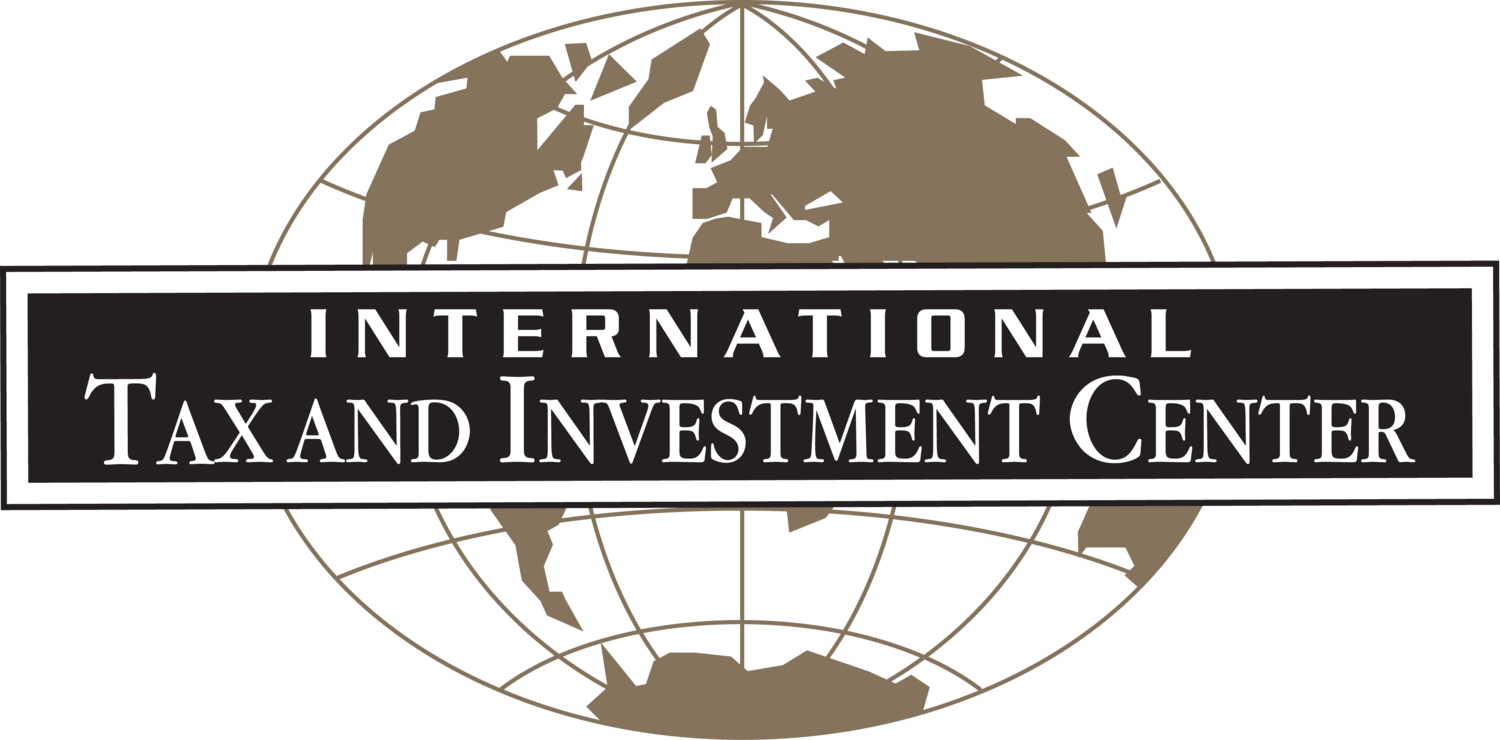The Southern African Development Community (SADC) aims to become a Free Trade Area, Customs Union, Common Market, and Monetary Union through the introduction of the single currency, with support for regional integration by Member States utilizing the basic elements of fiscal policy coordination and harmonization. VAT coordination among Member States will ensure uniform treatment in the taxation of Member States' goods and services; limit the occurrence of tax fraud; and control imports/exports and management of information on cross-border transactions.
The Memorandum of Understanding on Cooperation in Taxation and Related Matters and the Protocol on Finance and Investment are two instruments that will help support the coordination of fiscal policies in the SADC. However, for easy implementation, bilateral agreements between Member States are recommended.
Due to the existence of diverse VAT regimes and different tariff structures in the tax systems of Member States, as well as the fact that these Member States are also members of other blocks (e.g. COMESA, SACU), the process of formulating and harmonizing fiscal policies in SADC is very complex.
Since Adrian Ogley published his Study for the Development of Draft Guidelines for the Application of Tax Incentive Treatment and a Template for the SADC Expenditure Budget, the need for coordination of tax regimes, including fees and procedures, has been promoted in the framework creating the SADC Customs Union.
According to Ogley, the application of fiscal incentives in SADC has raised the need for introducing restrictions on state aid and indirect taxes in order to prevent the continuous degradation of tax policy related to indirect taxes. The study recommends eliminating proposals to reduce rates or extend VAT exemptions based on the understanding that reduced rates or existing exemptions may frustrate future efforts to coordinate tax policies.
The lack of coordination of tax policies has already created problems that are difficult to resolve in the short- and medium-term, and therefore Ogley recommends the adoption of tolerance agreements in relation to any new VAT incentives.
The aim of these SADC guidelines is to ensure that policy coordination is easier to achieve, thus avoiding the potential risk of distortions that could put domestic production at a disadvantage, when it is in competition with imports of similar goods.
The SADC VAT and Excise guidelines were published in November 2016 by the SADC VAT and Excise Committee, after being approved by SADC Finance Ministers. These guidelines cover the design, administration and exchange of information, as well as mutual assistance in the field of VAT and Excise.
Recent studies have found that the existence of differences in rates of VAT and Excise has been a key cause of the smuggling of beverages and cigarettes from countries with low tax rates to countries where rates are higher.
The general objective of these guidelines is to establish an overview of the region's fiscal policy, including: (1) Harmonization of VAT and Excise rates across SADC countries; (2) Harmonization of administrative aspects, including definitions, incidence, exemptions, coordination, labeling, and quality standards; and (3) A ban on production of goods for export to another Member State that do not comply with the standards required in that Member State.
The purpose of the detailed guidelines is to:
- Maximize cooperation in fiscal matters and to coordinate tax systems between SADC countries;
- Facilitate legitimate trade and regional trade through the adoption of fair and efficient tax regimes;
- Allow the collection of sustainable revenues with equity and efficiency;
- Make effective the provisions of the SADC Finance and Investment Protocol with respect to the harmonization of indirect taxes;
- Gradually replace international trade revenues on trade in goods and services by extending the tax base of indirect taxes;
- Enable coordination in the formulation and management of excise policies on alcohol, tobacco, non-alcoholic beverages, luxury goods and services including goods and services subject to excise;
- To promote the adoption of ad valorem taxes on goods and services subject to excise taxation with alternative to the application of multiple rates of VAT;
- To contribute to the reduction of contraband and counterfeit beverages;
- Create conditions for SADC member countries to sign bilateral agreements with each other, based on the SADC Model Tax Agreements, in order to agree on the exchange of information on VAT and excise, sales and provision of mutual assistance on the collection of revenues.
Therefore, the harmonization referred to above appears as one of the main measures to combat illicit trade in beverages and tobacco. For this to happen, harmonization needs to cover not only the tax regimes but also the size, quantities and content of bottles of alcoholic beverages.
In these terms, the guidelines for harmonizing VAT and Excise stem from the need to implement the objectives of both the SADC Protocol on Finance and Investment (2006), to which Mozambique is a party, as well as the WTO Agreement on Trade Facilitation and Kyoto Convention (also known as the International Convention on Harmonization and Simplification of Customs Procedures). The impact of its implementation and strategies should also be analyzed.
--------------
Marcos Miguel is a Customs Senior Officer at the Mozambique Revenue Authority (MRA). He holds an MBA in Customs Management awarded by ESAMI (Eastern and Southern Africa Management Institute). He contributed this article as follow-up to his participation in the Africa Tax Dialogue held in Cape Town, South Africa in November 2016. His MBA discussed “The integration of Single Electronic Window and e-Taxation to improve regulatory compliance and service delivery at MRA."
